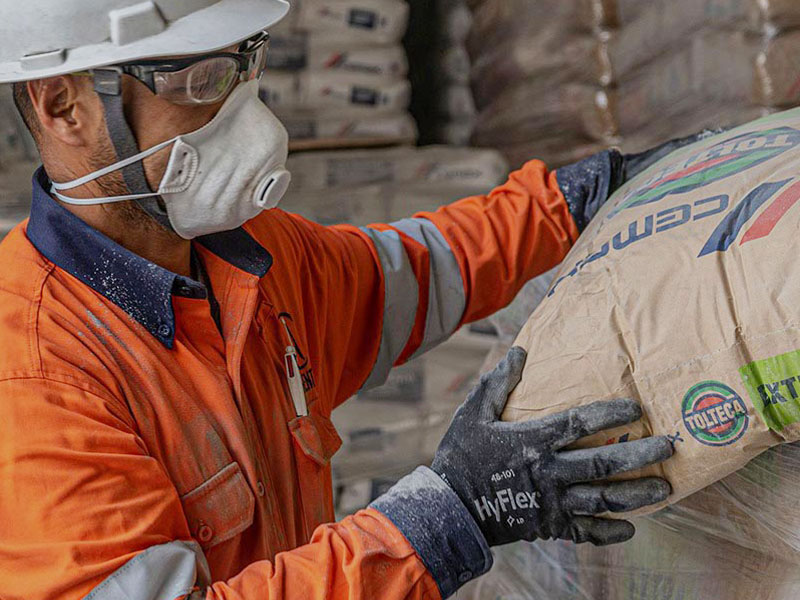
The Mexican cement company Cemex will begin using a new cement production process that will reduce the consumption of a key intermediate ingredient and cut carbon dioxide (CO2) emissions, the company reported.
This is the "micronization" process, or fine grinding , which reduces the size of the clinker particles. By "micronizing" the clinker, along with a proprietary blend of chemical additives, the cement is allowed to significantly reduce its clinker factor per ton of cement , thereby minimizing its carbon footprint. Additionally, concretes produced with Cemex micronized clinker require less cement to achieve the desired strength performance, further reducing the CO2 footprint.
A large part of the cement industry's CO2 emissions comes from clinker manufacturing , according to Davide Zampini, head of research and development at Cemex.
About 60% of CO2 emissions from clinker come from the reaction caused when the limestone used to make it is fired at extremely high temperatures, Zampini said, and another 40% comes from the fuels used to heat the kilns.
Read also ► ALED, a better way to illuminate works at night
Cemex's clinker micronization process, developed by its Research and Development Center in Switzerland, offers a creative alternative to traditional clinker grinding, improving efficiency and significantly increasing the strength of the final product. Industrial-scale production tests have validated the initial results obtained in the research and development process.
The production of clinker, the main component of cement, represents the most carbon-intensive part of the cement manufacturing process. Adopting clinker micronization has the potential to reduce the clinker factor in cement products by up to 50% , which would significantly accelerate progress toward the company's decarbonization goals.
“We are finding new ways to drive our decarbonization roadmap in cement and concrete production,” said Fernando González Olivieri, CEO of Cemex. “We remain committed to achieving our ambitious 2030 decarbonization targets on the path to becoming a zero-emissions company by 2050.”

 Últimos Eventos
Últimos Eventos Publicidad / Media Information
Publicidad / Media Information Ediciones Digitales
Ediciones Digitales Contáctenos
Contáctenos




